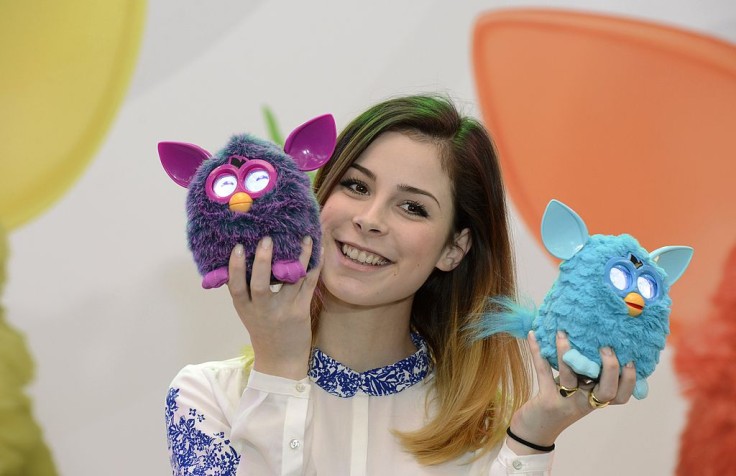The 90s were a whirlwind of technological advancements that were fundamental to the technology we have today or wacky enough to warrant the use of nostalgia-evoking rose-tinted glasses, such as the first Pokemon game and the CD-playing Sony walkman.
Another thing that should be included in this wacky list is interactive pets, which made their debut during this period. These include Tamagotchis, which are digital interactive pets that you can take anywhere.
However, there is one other interactive pet that is just as interactive as a Tamagotchi, but it can be interacted with physically rather than digitally.
I'm talking about the first Furby toys that took the market by storm in the late 90s.
Here's the story behind this cute and lovable half-bird, half-blob baby robot:

The Story Behind The Furby
It all began with 13-year-old David Hampton's love of messing around with electronics, according to Bustle. At his age, he was already fixing broken radios for neighbors and working in a television repair shop, which led him to learn more about electronics. The knowledge he gained from the TV repair shop eventually culminated in him building an amateur radio.
His love for electronics eventually led him to enlist in the Navy right after high school to learn more about the subject, and after eight years of service, he worked for several tech companies, with toy company Mattel being one of them.
During his time there, he met Caleb Chung, who liked to think outside the box due to his upbringing.
Unbeknownst to these two men, they'd eventually work together again, not as employees, but as partners and toymakers.
The two guys saw the first Tamagotchi in action in 1997 at the annual Toy Fair trade show in New York, agreeing that the idea behind the interactive was cool. However, as any interaction with the Tamagotchi was done digitally, touching or petting it was impossible.
This realization eventually became the light bulb moment for the two, as they designed an electronic companion you could pet in 18 months, initially naming their creation "Furball."
This interactive pet was unique in that not only can you interact with it physically, but it also spoke to you in a confusing mix of the languages Hampton learned during his time in the Navy.
Through the help of one Richard C. Levy, who was both a cinematographer and a toymaker, Hampton and Chung were able to license Furball with Tiger Electronics, a toy company known for its Giga Pets. However, it was soon acquired by toy giant Hasbro, according to TIME, which was a fateful move.
Hasbro took a shine with Hampton and Chung's idea and decided to give them the resources they needed to develop the product further.
Thanks to this investment, the first Furbies hit store shelves in 1998. The toy was so successful that 1.8 million of them were sold in 1998 alone. It even followed in Tamagotchi's footsteps, with it being featured in the Toy Fair trade show in the same year.

The Original Furby And Its Evolution
The original Furby Hasbro released in 1998 was six inches tall, and according to Kiddle, the reason for its popularity was its intelligence.
Hampton programmed the toy with responses to certain stimuli to make it feel "alive," such as having it squeal when it detects light changes, snoring, and sneezing. Vox even mentioned that these toys slowly learned to speak in words and phrases in English to "supplement their preprogrammed 'Furbish.'"
This particular feature of Furby became controversial as people thought it could record and store conversations, making it a liability to the security of intelligence agencies like the National Security Agency.
Thankfully, Tiger Electronics owner Roger Shiffman clarified that the toys could not record anything.
The toy eventually faded out of the public until 2005, when it was re-introduced with the Emoto-Tronic Furby, which featured a variety of emotions.
The toy evolved to suit the times as the years went by, with the latest iteration with larger, more colorful LCD eyes, a smaller beak, translucent feet, a tail, and a variety of sensors that make it feel more life-like than previous models.
Related Article : #ToyTech: 90s Toy Bop It! and Its Popularity That Reached the 2000s









